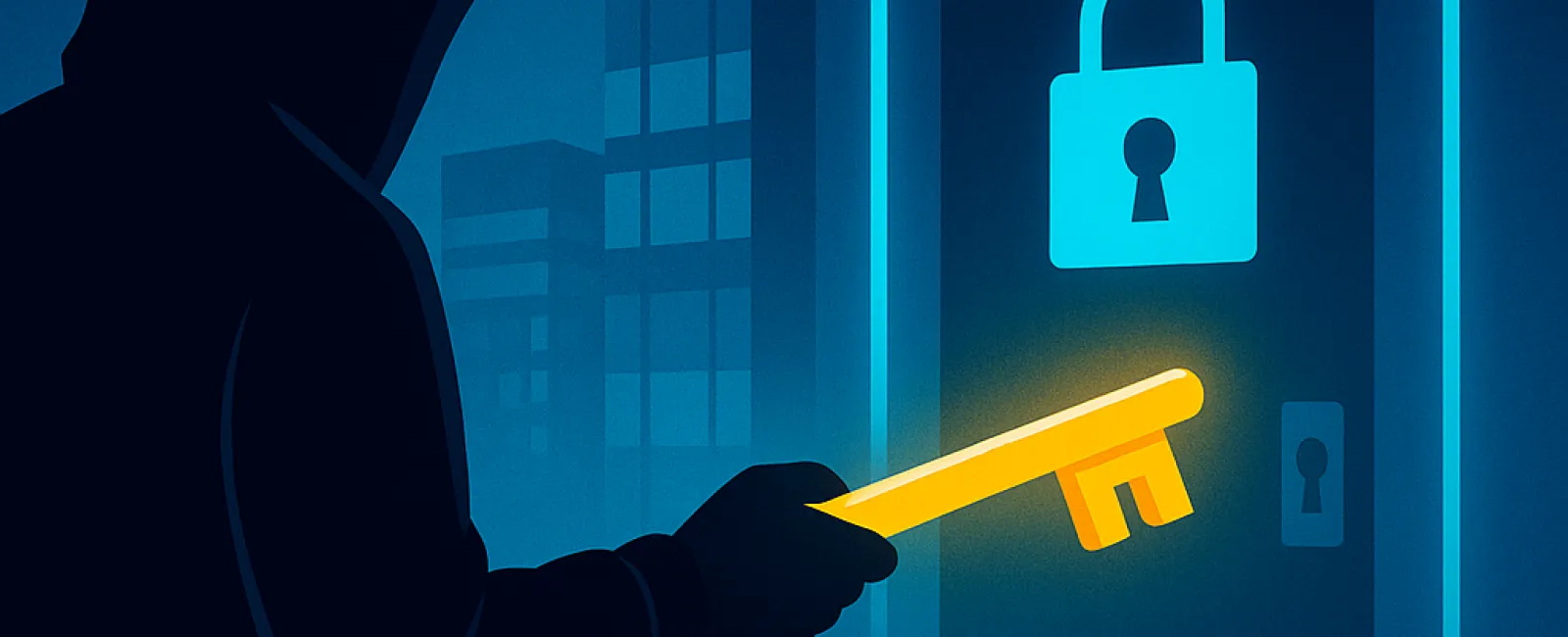August 04, 2025
Cybercriminals have evolved their tactics to target small businesses more effectively. Rather than forcefully breaking in, they now exploit stolen login credentials to slip inside undetected.
This method, known as an identity-based attack, is rapidly becoming the leading way hackers infiltrate systems. They steal passwords, deceive employees with convincing fake emails, or bombard users with login prompts until someone inadvertently grants access. Unfortunately, these strategies are proving alarmingly successful.
Recent cybersecurity data reveals that 67% of major security breaches in 2024 originated from compromised login credentials. Prominent companies like MGM and Caesars suffered such attacks the year prior — underscoring that no business, big or small, is immune.
How Do Hackers Gain Entry?
While stolen passwords remain the primary entry point, attackers are employing increasingly sophisticated techniques:
· Phishing emails and counterfeit login pages trick employees into revealing sensitive information.
· SIM swapping enables hackers to intercept text messages used for two-factor authentication (2FA).
· Multifactor authentication (MFA) fatigue attacks flood users with login requests until someone unwittingly approves access.
Attackers also target personal employee devices and third-party vendors, such as help desks or call centers, to find vulnerabilities.
Essential Steps to Safeguard Your Business
The good news? You don't need to be a cybersecurity expert to defend your company. Implementing a few key measures can significantly strengthen your defenses:
1. Enable Multifactor Authentication (MFA)
Add an extra layer of security beyond passwords. Opt for app-based or hardware key MFA methods, which are far more secure than SMS-based codes.
2. Educate Your Team
Your security is only as strong as your employees' awareness. Train them to recognize phishing attempts, suspicious emails, and how to report potential threats.
3. Restrict Access
Limit employee permissions to only what's necessary. This containment strategy minimizes damage if an account is compromised.
4. Adopt Strong Password Practices or Go Passwordless
Encourage use of password managers or advanced authentication methods like biometric logins or security keys that eliminate reliance on passwords.
The Bottom Line
Hackers relentlessly target login credentials using ever-more clever methods. Staying protected doesn't require you to face this challenge alone.
We're here to help you implement robust security solutions that keep your business safe while maintaining ease of use for your team.
Want to know if your business is vulnerable? Let's talk. Click here or give us a call at 503-765-1802 to book your 15-Minute Discovery Call.



